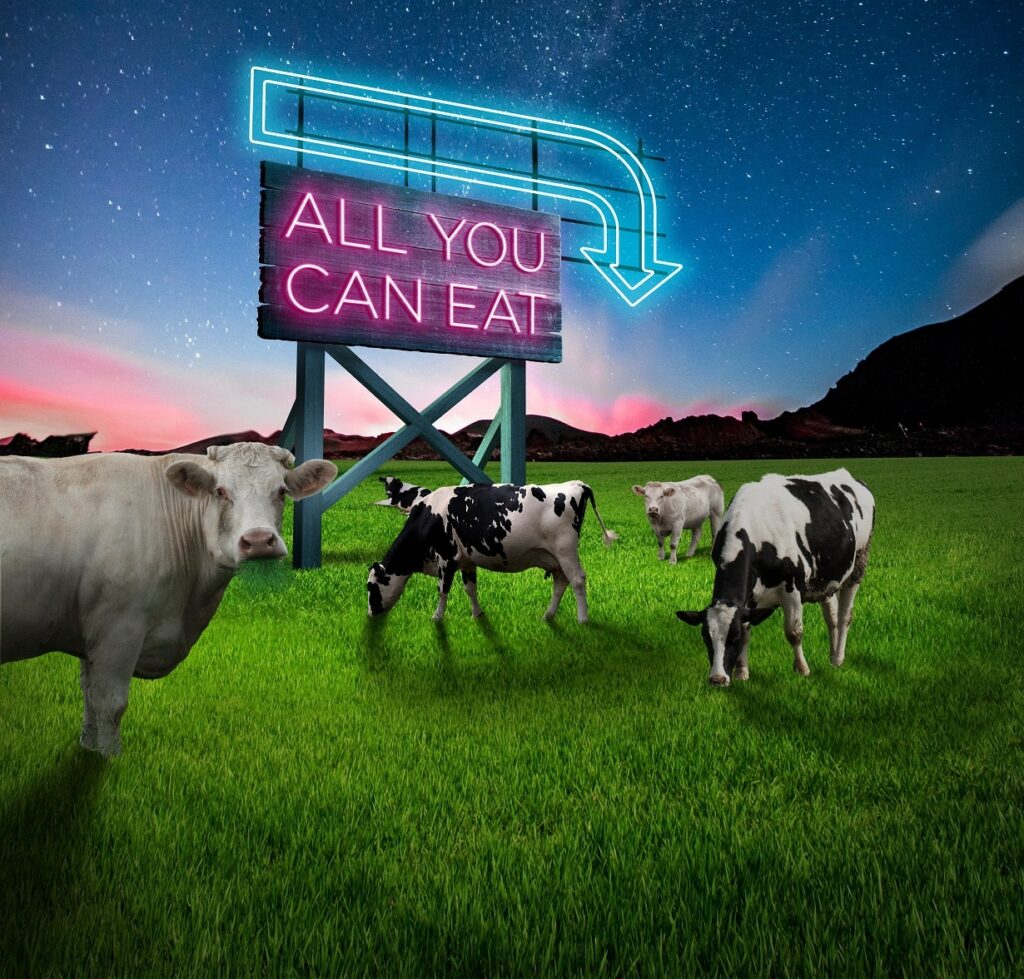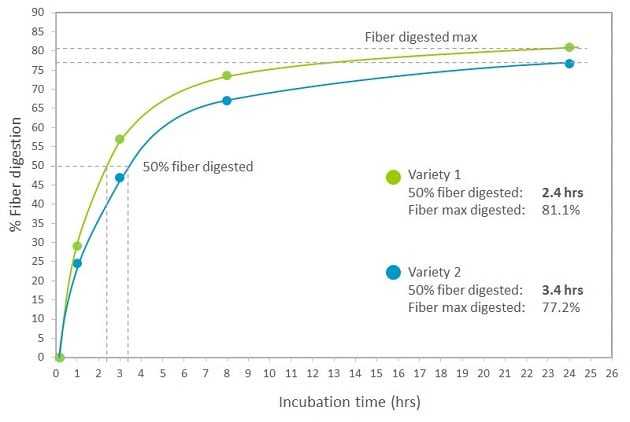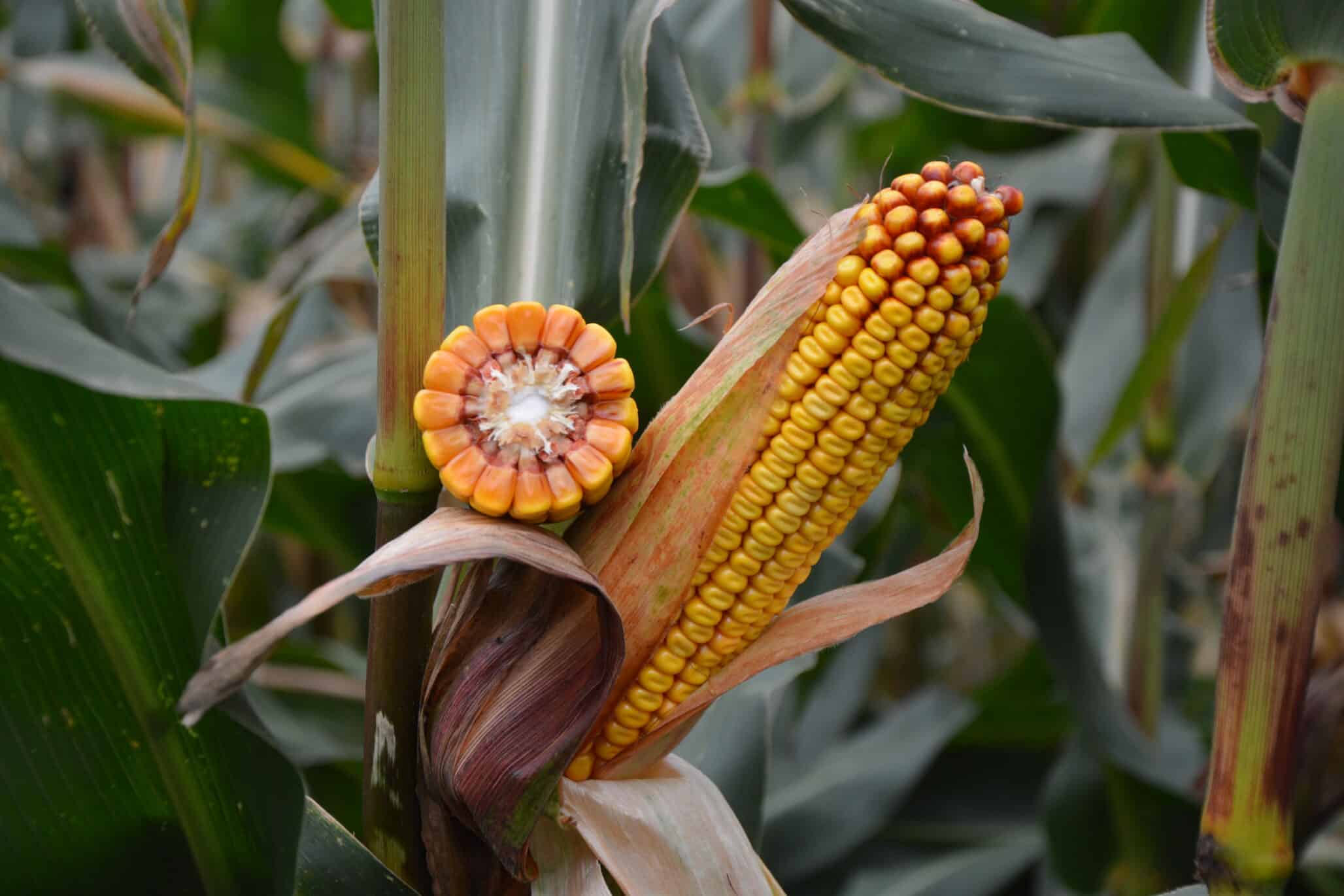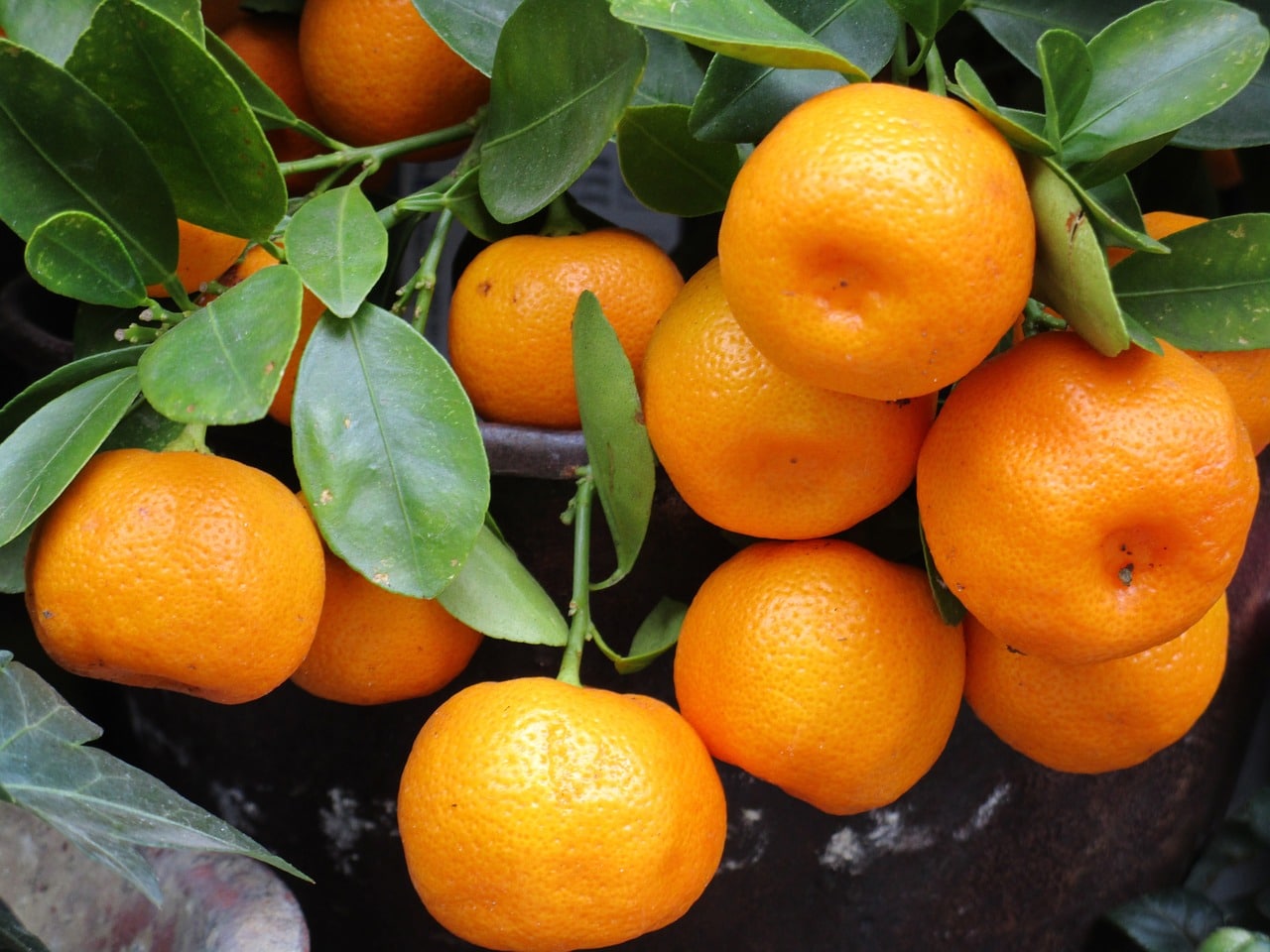What a pleasant and relaxing experience it is to watch a herd of merry cows in the field laying, ruminating on their grass diet. But before we start envying this peaceful creature, perhaps it is good to remind ourselves that she is actually not relaxing. She is at work, using a lot of effort and saliva in turning fibrous material into nice bacterial feedstuff. Improved forage digestibility will help her spend less time on this process and more time on eating. With higher intake comes more milk yield, and less methane emission per liter milk produced. This is evident not only for grazing cows but also for cows fed with mixes in which grass silage can make up 60 to 70 per cent of the feed.
Concentrates are generally and in particular now, expensive to buy and there is a great incitement for farmers to rely more on a higher, home grown, forage proportion in the total mixed ration. Silage digestibility becomes a determinant factor for a successful dairy farming endeavor.
Forage digestibility can be measured in several ways. The vast majority of methods (incl. ADF, ADL, OMD, DNDF, NDFD) rely on end-point measurements, where forage samples have been incubated in rumen sap, enzyme mixtures, or acids, for 24-72 hours. Although these measurements give valuable information on total digestibility (or indigestibility), they do not provide information on the rate of digestion from intake to output. Such information can only be obtained through kinetic studies, where forage material is incubated at different durations. They reveal that more than 80 per cent of what can be digested is digested within the first 8 hours. This period is therefore much more important than the remaining 16 hours it takes for the forage to pass through the stomachs and intestines.
A good measure for this period is the point at which 50 per cent digestion is reached. For the two varieties displayed this point differs with one hour. Imagine how much more a cow could digest in one hour? That equals significantly higher feed intake and more milk in the bucket. In the DLF forage analysis system variety 1 would be classified as a “Fiber Energy” variety, because it requires less rumination and provides more energy for milk production. So, next time you gaze at a grazing herd, if all cows are standing, they are probably enjoying a highly digestible variety full of energy.









